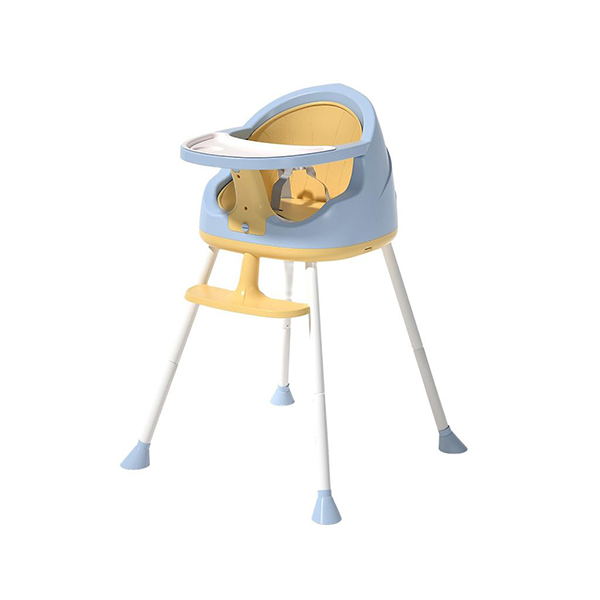By considering these factors, you can choose the best
children's dining chair mould that meets your specific needs and provides a safe and comfortable dining experience for your child.
Designing a children's dining chair mould requires careful consideration of several key factors, including:
Safety: Safety should be the top priority when designing a children's dining chair mould. The mould should be designed to ensure that the finished product meets all safety standards and is stable, sturdy, and durable. The mould should be designed to ensure that the chair is stable and will not tip over, even when a child is sitting in it. The mould should also be free of sharp edges or corners that could cause injury.
Comfort: Children's dining chairs should be comfortable, and the mould should be designed to ensure that the finished product is ergonomically designed and supports the child's body while they sit.
Size and shape: The mould should be designed to produce chairs that are the appropriate size and shape for children of various ages. Should be designed to accommodate children of different sizes and shapes, with an appropriate seat height, backrest, and armrests if necessary. The chairs should be able to accommodate children of different sizes and weights, and the design should ensure that the chair is stable and safe.
Materials: The choice of materials used in the mould will impact the durability, stability, and safety of the finished product. The mould should be designed to accommodate the appropriate materials, such as plastic or metal, depending on the intended use of the chairs.
Ease of use: The mould should be designed to be easy to use, with simple assembly and disassembly. The mould should also be easy to clean and maintain, with minimal parts that can be easily replaced if needed.
Production volume: The production volume will also impact the design of the mould. If a large volume of chairs will be produced, the mould should be designed to be durable and long-lasting to ensure that it can handle the high volume of production.
Cost: The cost of producing the chairs will also be a consideration. The design of the mould should be cost-effective and efficient to minimize production costs while still producing a high-quality finished product.
Overall, designing a children's dining chair mould requires careful consideration of several factors to ensure that the finished product is safe, comfortable, and appropriate for children of various ages and sizes.
Also, here are some tips for proper storage and maintenance of high chair moulds:

Store the mould in a dry and cool place that is protected from direct sunlight. Avoid storing the mould in humid or damp environments, as this can cause mould growth or corrosion.
Use a protective cover: Consider using a protective cover or bag to store the mould to protect it from dust, dirt, and other environmental factors that may cause damage.
Inspect the mould regularly: Check the mould regularly for signs of wear and tear, such as cracks or chips. If you notice any damage, repair or replace the mould as needed to prevent it from causing issues during use.
By following these tips, you can properly store and maintain a children's dining chair mould, ensuring that it remains in good condition and can be used for years to come.


